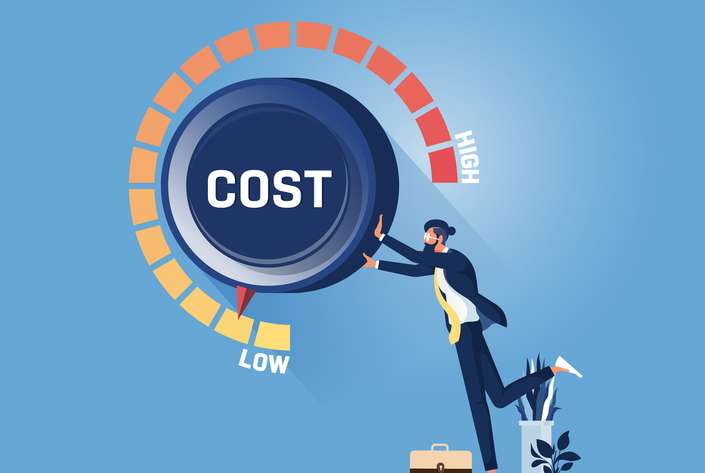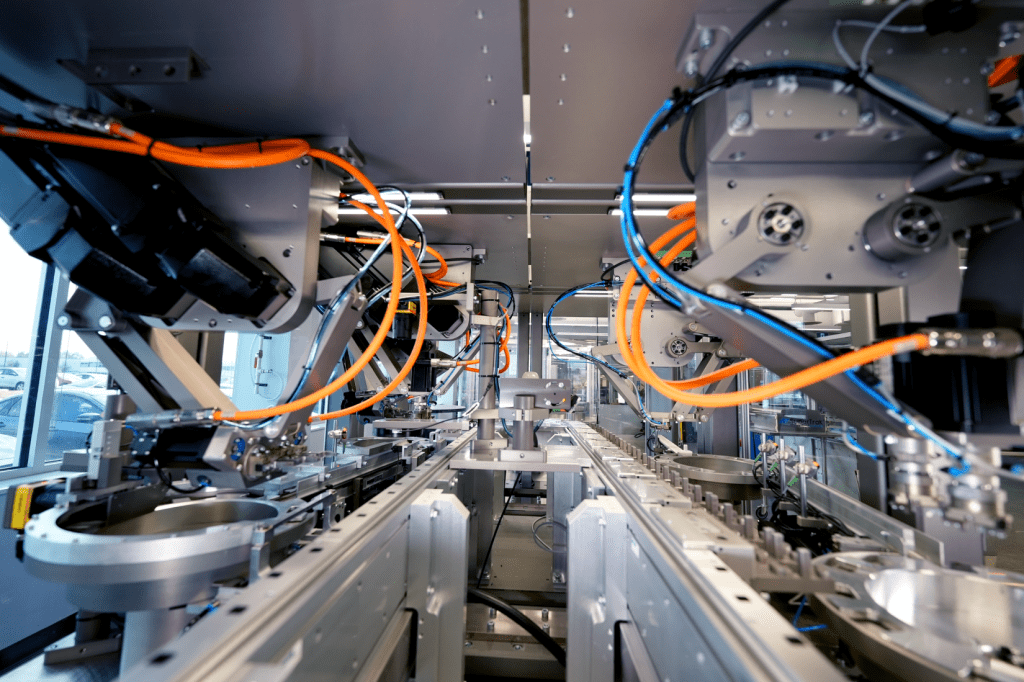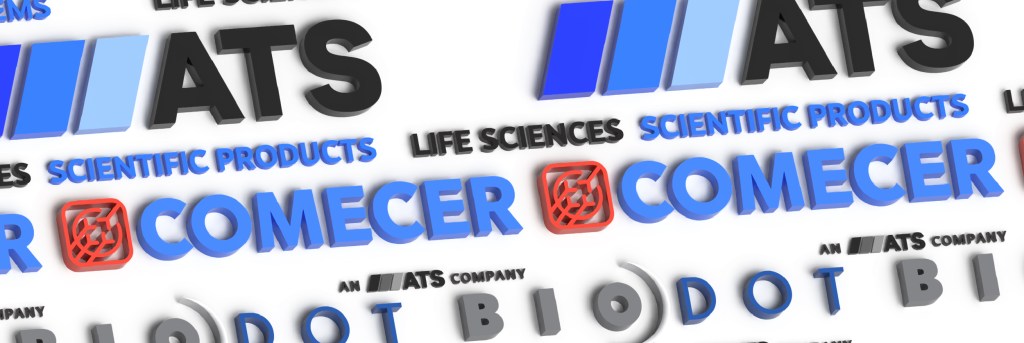To increase profit you can either sell at a higher price or cut the cost of production. Easy, right? When conventional responses don’t address modern and complex issues it’s time to consider new approaches. If you’re not moving to a state-of-the-art facility or if your procurement is focused on security versus cost, at least in the medium-term, it’s time to look internally for possible efficiencies.
So, where do you start?
1 – Reducing Raw Material Waste
In general, the cost of materials is the largest contributor to total product cost. While you may not be able to source cheaper materials (and sometimes cheaper doesn’t always equal better), if you can reduce waste, you can make that input go further and therefore improve profits. When it comes to many industrial processes machines are simply more accurate than people. Manual operations are subject to human variability and error resulting in higher rejection rates, reworked parts, or complete batch write-offs. When quality control is built into your process at every step of production the result is greater utilization of resources.
Add ongoing supply chain concerns and surging energy costs to the mix and ensuring you get the most from the materials you do have becomes an even greater priority.

2 – Managing Labour Costs
The second-largest contributor to product cost is usually labour. Even the best, most highly trained operators can sometimes drop a product, mispack it, mislabel it, or otherwise compromise it. The vulnerability of staff to hazards like dangerous materials and repetitive movements can result in lost time, poor morale, and high turnover along with the associated training costs for replacement staff.
Manual labour may not be appropriate in some circumstances; for example, in highly complex assemblies, highly precise operations with tight tolerances, tiny component manipulations, high-volume demand, or even with heavy pallets and trays.
A manufacturer of EV batteries and components redesigned their entire production system to benefit from AI and advanced analytics, a move that helped increase labour productivity by 75 percent and reduce manufacturing defects by 80 percent.
Labour shortages are a concern for manufacturers globally as is inflation which serves to drive up wage pressure. Automating what were formerly manual operations results in a smaller footprint (e.g., buildings, utilities) and reduced labour costs.
Complete automation or a dark factory (lights out) model can work in some applications, but automation doesn’t have to mean workplace reductions. With training, people can be redeployed to other tasks and higher-value activities and work collaboratively with robotics and automation.
3 – Increasing Throughput
When you consider your production capacity versus your actual output you may see a gap. Identifying the contributors to and reducing that gap can go a long way toward supporting targets and your OEE. But throwing automation or new technology into a process without collecting data and pre-planning may not deliver ROI or could even make your cost issues worse.
Identifying pain points like machine idle time due to retooling or maintenance, asynchronous processes, superfluous movement, bottlenecks, and inefficient workflow means you’re approaching an automation discussion prepared with information and looking for a targeted solution.

How much can you streamline manufacturing processes and reduce costs through automation? The answer, obviously, varies by situation. A new process or machine can be introduced at a single or multiple stages of your product’s production cycle (islands of automation), or you can consider a complete turnkey solution.
But when you make the investment in reviewing your current workflow you’re going to identify opportunities for improvement resulting in greater agility and ability to respond. Finding different ways to control or reduce costs or improve efficiency means the less you’re spending, the more you’ll be making.
A conversation with a reputable supplier will help you understand the feasibility and benefits of automation before you make any decisions. Contact us at lifesciences@atsautomation.com to review your options.









